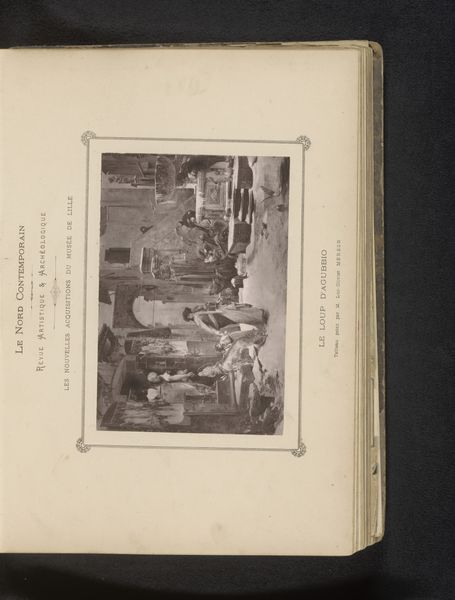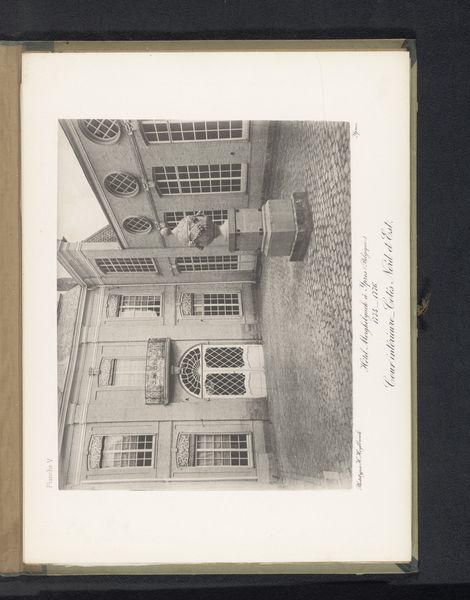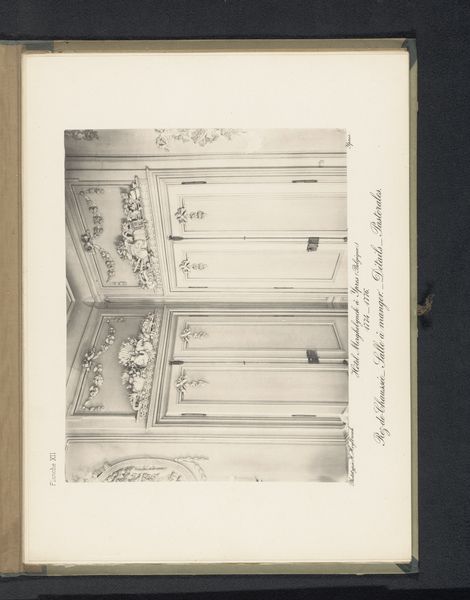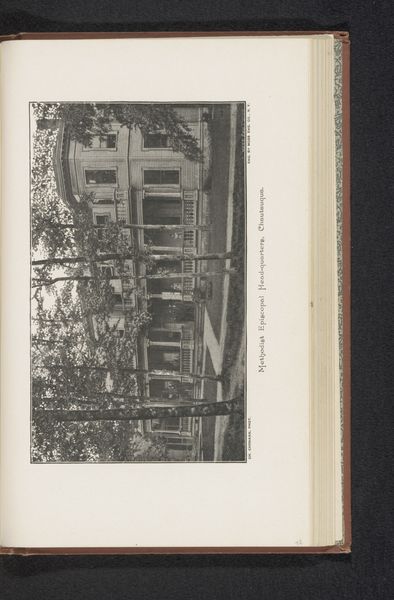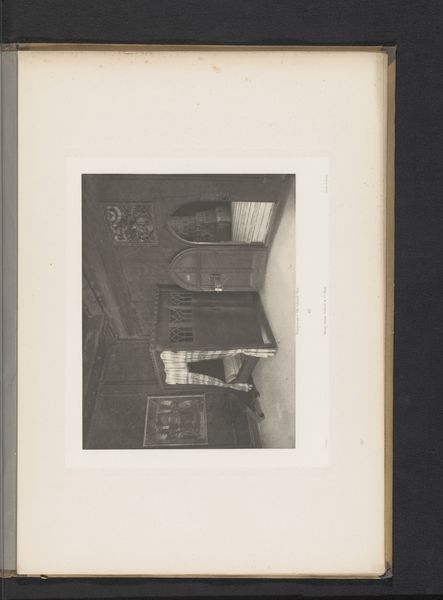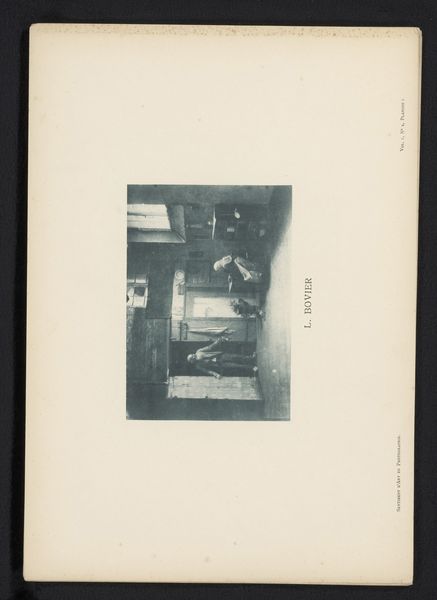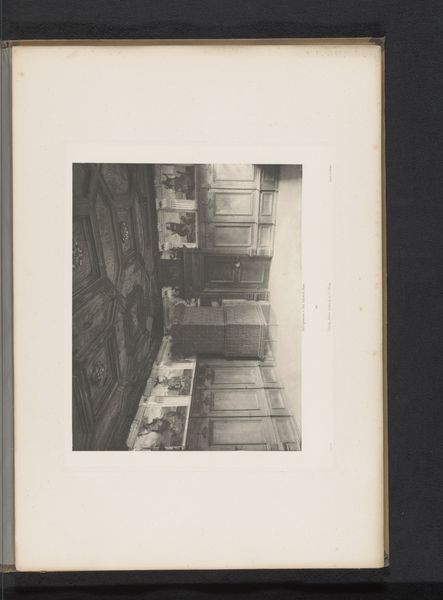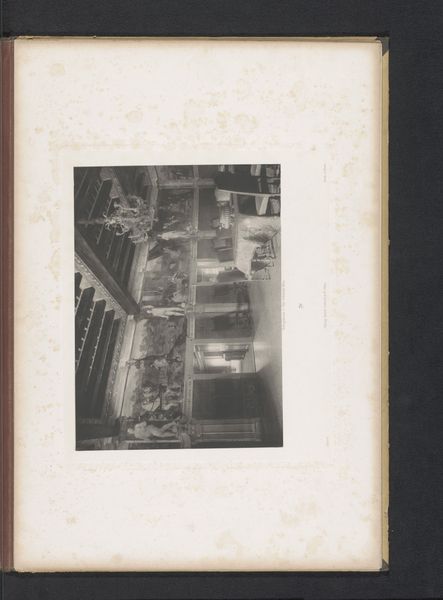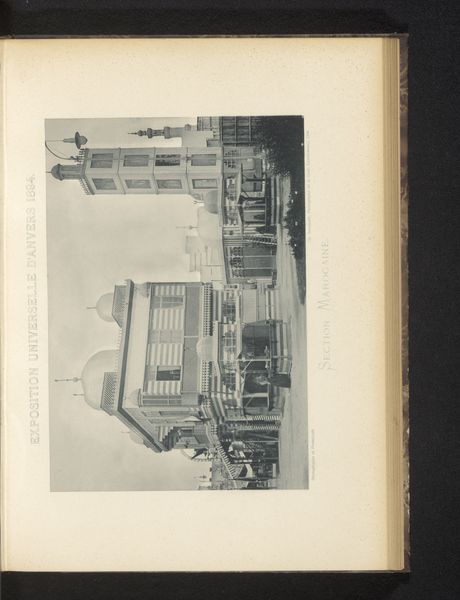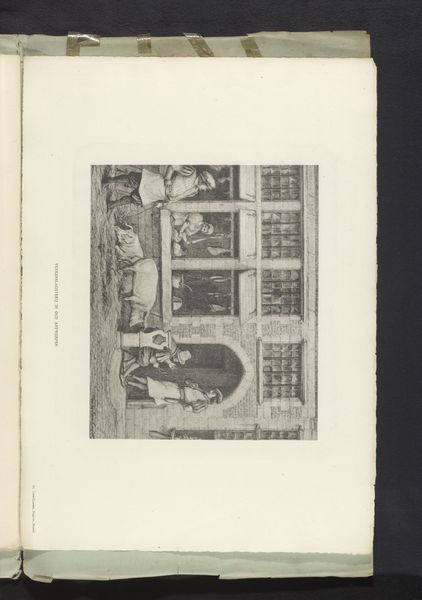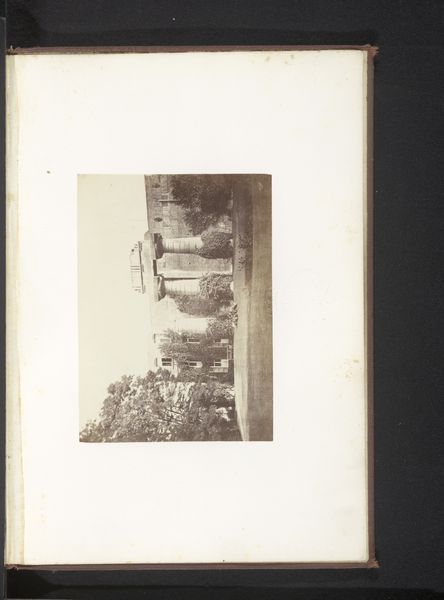
Grote salon op de begane grond van Hotel Merghelynck in Ieper, België before 1894
0:00
0:00
print, photography
#
neoclassicism
# print
#
photography
Dimensions: height 214 mm, width 268 mm
Copyright: Rijks Museum: Open Domain
Editor: This photograph, taken by Hector Heylbroeck before 1894, captures the grand salon on the ground floor of Hotel Merghelynck in Ypres, Belgium. It feels very formal, almost staged. What strikes you when you look at this image? Curator: The staged formality you observe speaks volumes, doesn't it? I see a meticulously crafted representation of power and privilege. This image isn’t just about a beautiful room; it's about reinforcing a particular social order. The very act of photographing such spaces and disseminating these images maintains existing hierarchies. Who has access to such salons, and who gets to document them? Consider how the neoclassical style itself—with its emphasis on order and symmetry—reflects and reinforces those power dynamics. How does this photograph participate in the larger project of documenting and preserving a certain kind of history, potentially marginalizing others? Editor: That’s a fascinating point. I hadn't considered the act of documentation as a power play in itself. The wallpaper and furnishings seem to echo one another; do you think there's a symbolic element at play? Curator: Absolutely. Think about how the ornate details – the chandelier, the patterned walls, the carefully arranged furniture – all signal wealth and status. The repetition and mirroring effects throughout the salon reinforce the idea of a self-contained, exclusive world. It's not just decoration; it's a carefully constructed performance of social standing. What does it mean to curate spaces like these, and photograph them with this purpose in mind? Editor: It really reframes how I see photographs of historical interiors. Thank you for this insightful analysis. Curator: My pleasure. Remember that these images are never neutral. They always speak to larger social and political realities. Considering these contexts helps us engage more critically with visual history.
Comments
No comments
Be the first to comment and join the conversation on the ultimate creative platform.
